If you wear cochlear implants, sound doesn’t enter through your ear, but rather from microphones above your ears. That means earbuds are useless and you have to resort to large and clumsy over the ear headphones. [Mjcraig23] wanted the convenience of earbuds and set out to do what we all do: hack it.
The result is handily portable as you can see in the video, below. The trick is that he used replacement battery covers and then grafted earbud holders (called EARBUDi) to them using one of our favorite fasteners, zip ties. Apparently, you can wire a cable directly into the device, but then you lose the ability to hear what’s going on around you, which would not be a good idea for catching some tunes while walking your dog or other common earbud use cases.


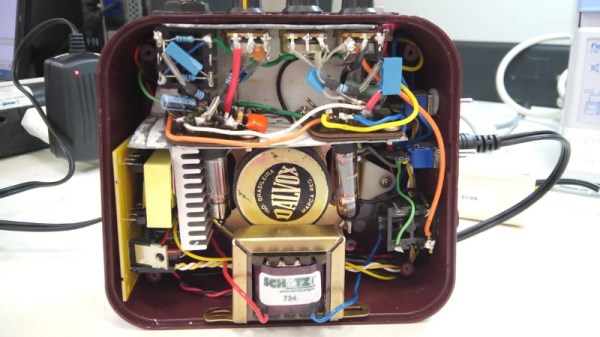
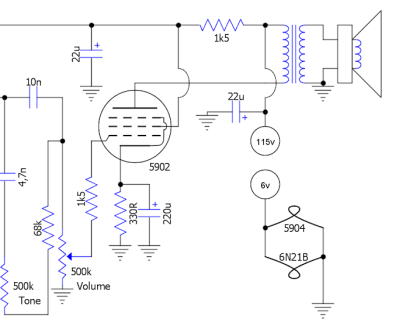
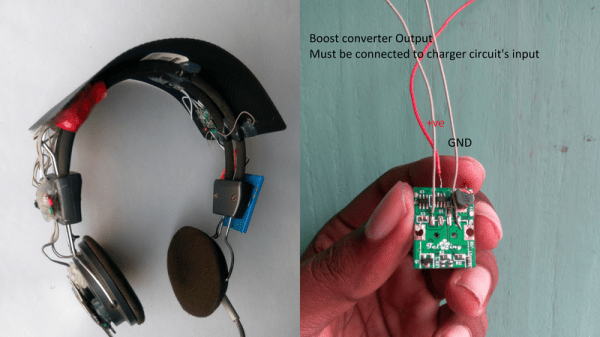
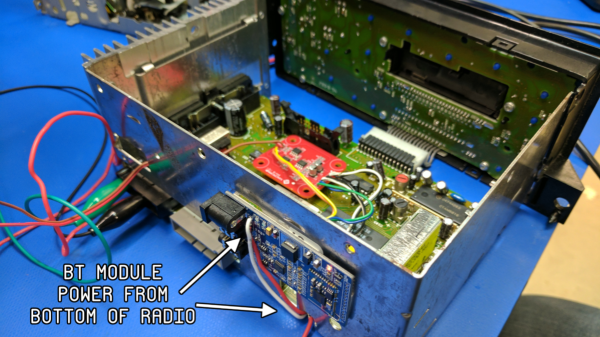


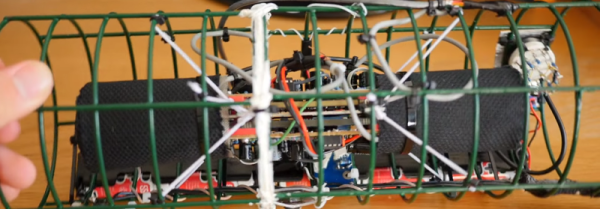
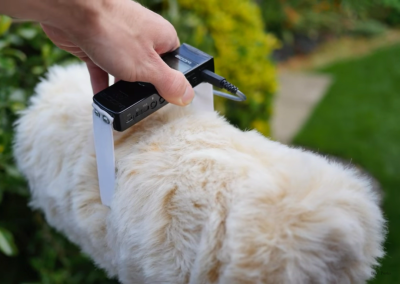 Another problem is that for stereo recording you need two and because they are quiet, they tend to pick up handling noise so you probably need to mount them on tripods. That’s all too much to carry around, especially on a hike. So [Matt]
Another problem is that for stereo recording you need two and because they are quiet, they tend to pick up handling noise so you probably need to mount them on tripods. That’s all too much to carry around, especially on a hike. So [Matt] 








